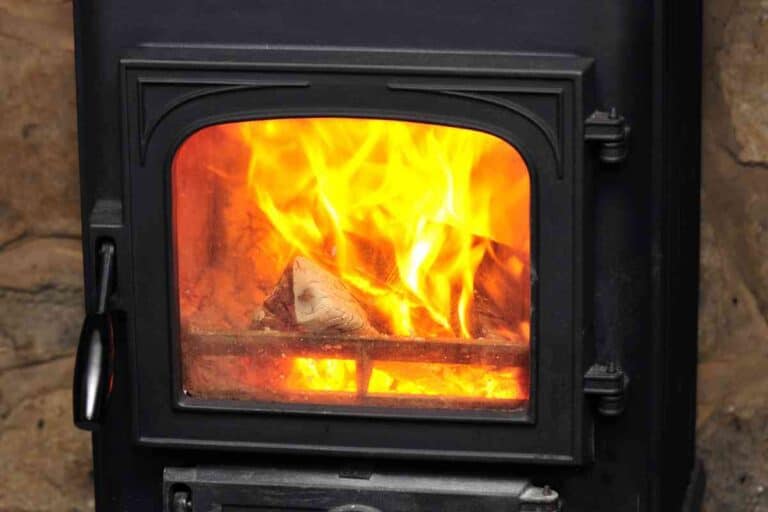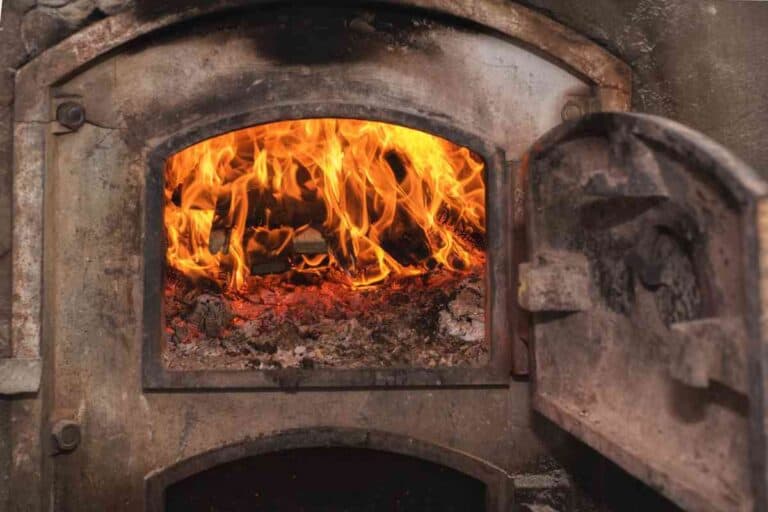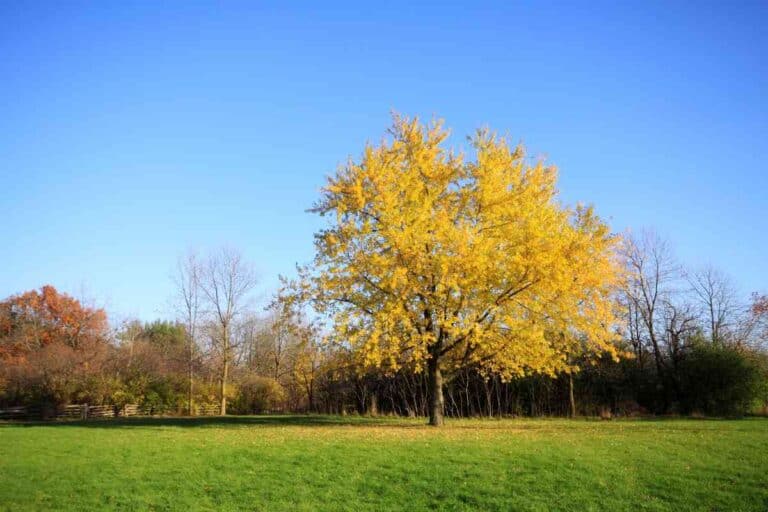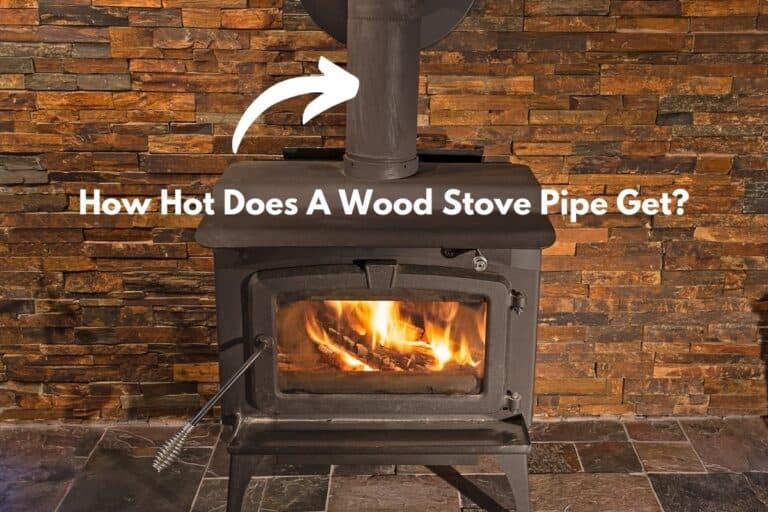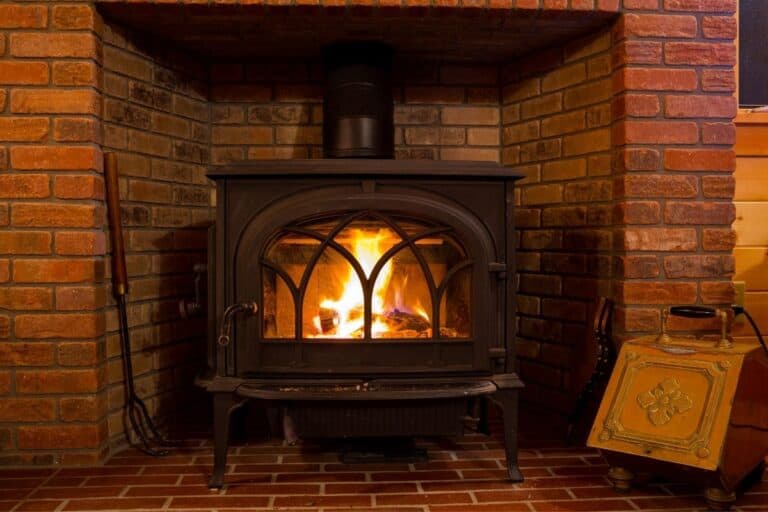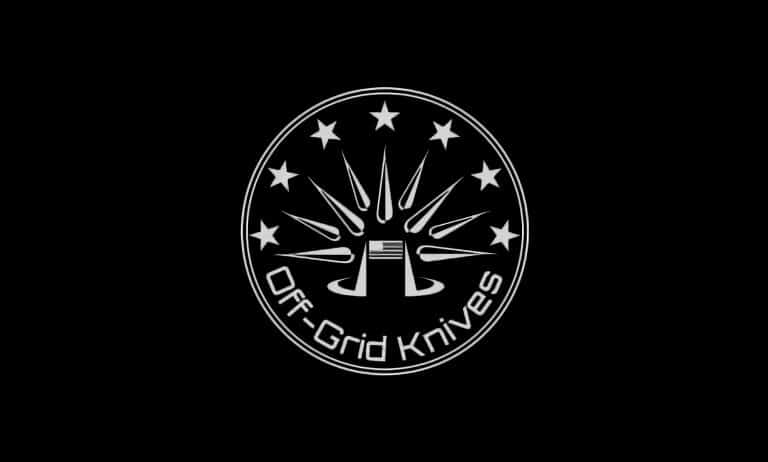Can You Burn Cardboard in a Wood Stove? (Answered!)
You may be wondering if it is safe to burn cardboard in a wood stove. After all, burning cardboard in your wood stove may be a great way to get rid of some of that extra cardboard lying around, and it will help to heat your home during the winter, right?
No. Cardboard in all forms, including shipping boxes, pizza boxes, and cereal boxes, shouldn’t be burned in a wood stove. The packaging materials are typically treated with paint, wax, ink, and other chemicals that produce toxins when burned.
This blog post will explore why you shouldn’t burn cardboard in a wood stove and what you can do with your extra cardboard instead.
Is It OK to Burn Cardboard?
You have a ton of cardboard lying around from all the online shopping you’ve been doing, and you’re thinking that burning it in your wood stove may be the best way to get rid of it.
Burning cardboard in your wood stove is a terrible idea for a few reasons. For starters, cardboard is treated with all sorts of chemicals, including paint, wax, ink, and more. When you burn these chemicals, they release toxins into the air that can harm your health.
In addition to the chemicals, burning cardboard also produces a lot of soot and smoke. Soot can build up on your wood stove and chimney, reducing their efficiency and causing fires. Smoke from burning cardboard can also irritate your lungs and cause respiratory problems.
Is It OK to Burn Paper in a Woodstove?
You may also be wondering if it’s okay to burn paper in a wood stove. The answer is no. Like cardboard, most paper is also treated with chemicals and sometimes has ink on it. When these chemicals are burned, they can release toxins into the air.
Another issue with burning paper is that it burns quickly and effortlessly floats in the chimney. This is extremely dangerous because the flames that enter the chimney can ignite the creosote deposits in the flue.
Not to mention, the floating papers and hot air can rise through the chimney and ignite flammable materials outside the home.
What Should You Not Burn in a Wood Stove?
Apart from cardboard and paper, it’s crucial to avoid burning the following materials in a wood stove:
- Plastics of any kind: Plastics and styrofoam produce a cocktail of toxic fumes that may be dangerous to your health. Instead of burning plastics, consider recycling the materials.
- Treated wood: Processed wood contains chemicals that produce toxins and carcinogens when burnt.
- Dryer lint: While it may be an excellent fire starter, dryer lint can easily ignite and cause a dangerous flash fire.
- Wet or green wood: Wet or green wood is difficult to burn and produces more smoke than dry wood. If you must burn wet wood, be sure to do so outdoors and away from any flammable materials.
- Fire accelerants: While it may seem like a good idea to use them to get your fire going, they can be very dangerous. Accelerants may produce unexpected large flare-ups, which may result in fires.
- Coal or charcoal: Charcoal burns hotter than wood and may produce temperatures higher than what’s recommended by your stove’s manufacturer. Not to mention, coal produces way more carbon monoxide than adequately seasoned wood.
- Christmas trees: Their evergreen nature makes them contain high concentrations of resins, which burn quickly and can easily pop, thereby causing a chimney fire.
- Wet wood: Wet or unseasoned wood can contain up to 45% water, making the wood produce more smoke when burned. This may result in creosote build-up in the chimney walls. Not to mention, wet wood doesn’t produce enough heat for your home.
- Driftwood: Even dried driftwood produces salts when burned. These may corrode your stove and chimney.
If you’re unsure whether a material is safe to burn, err on the side of caution and don’t burn it.
Source: Environmental Chimney Service
What Can I Burn in My Wood Stove?
With so many restrictions on what you cannot burn in your wood stove, you may be wondering what’s left that you can burn. The good news is that the list of things you can burn safely in a wood stove is easier to remember.
Only burn dry, seasoned wood in your wood stove to be on the safe side. Season wood means that it has been cut and left to dry for at least six months. This allows most of the moisture to evaporate, making it easier to burn and producing less creosote.
Green wood, or wood that hasn’t had time to properly season, is more difficult to burn and produces more creosote.
Hardwoods like ash, maple, and oak are recommended for firewood. These woods have less sap than softer wood and typically give a longer burn time. Not to mention, they’re less likely to spit and spark in your wood stove.
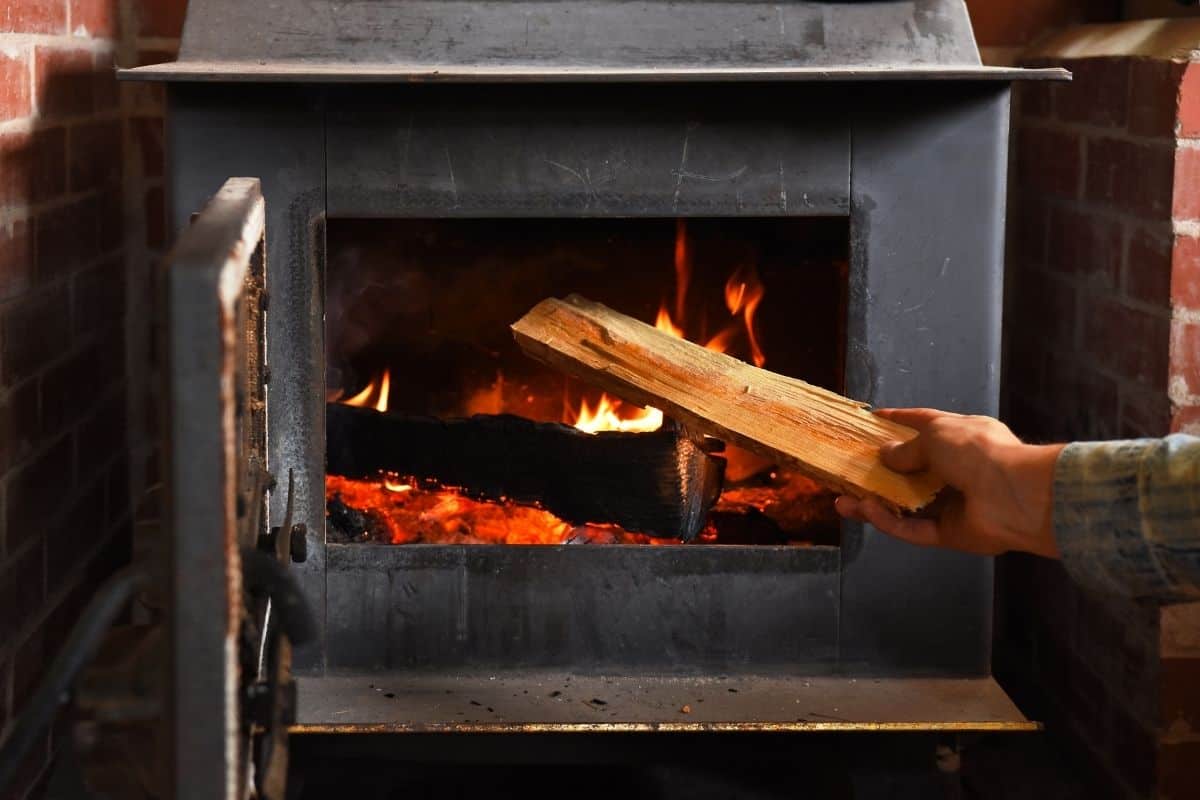
Best Way to Dispose of Cardboard
So, since you can’t burn cardboard in your wood stove, what’s the best way to dispose of it? The best way to dispose of cardboard is by recycling it. You can recycle cardboard boxes at most recycling centers.
Just be sure to break them down to fit easily into the bin. You can also reuse cardboard in many ways. For instance, you can use it as packing material when moving or shipping items. You can also use it to make arts and crafts projects.
Source: Black Goose
Wrapping Up
So, there you have it! Can you burn cardboard in a wood stove? No, it’s a recipe for disaster. Not only will it create a fire hazard, but it will also release toxins that may be harmful to your health.
Disposing of cardboard doesn’t have to be complicated. The best way to dispose of this packaging material is by recycling it. You can also reuse it for various projects around the house, such as repacking material, storage purposes or arts and crafts projects.

